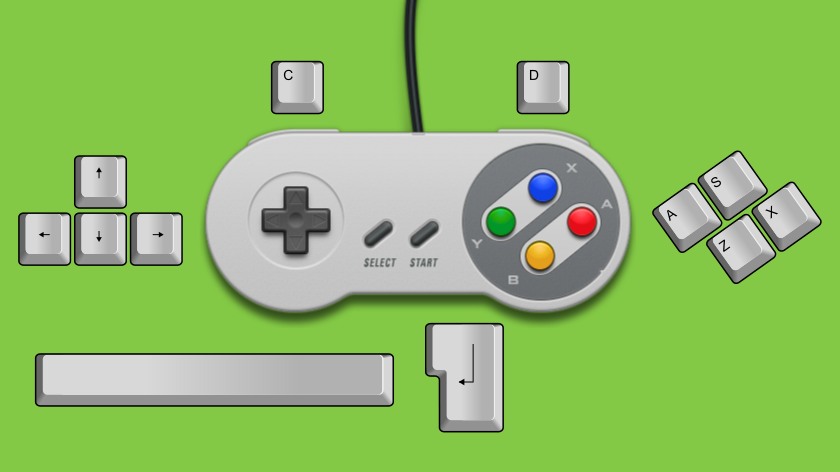
However, many games localized to the US had the "cross" button as the main selection button, leading to another re-booted layout on a rival console's controller: the Xbox's. This was an inspired choice in Japan, "circle" meant to select and "cross" meant to cancel, much like how "B" and "A" functioned on a SNES controller. It features a segmented directional pad instead of a solid cross shape and four buttons, which use geometric shapes instead of letters. The only addition is foregrips and extra shoulder buttons. Many have noted that the PlayStation controller strongly resembles the SNES controller in layout, especially the first generation model with its lack of control sticks. RELATED: PlayStation Issues Statement on Microsoft/Activision Deal, Expects No Multiplatform Disruption Nowhere is the Nintendo influence more evident than in the design of the console's controller, looking all too familiar to players even back then. When the deal fell through, Sony decided to make its own video game console, including several aspects of the original Nintendo prototype into the design. The PlayStation started its life as a collaboration between Nintendo and Sony to make a disc add-on for the Super Nintendo similar to the Sega CD. Combined with rounded grips for comfort, Nintendo made the perfect controller for its second console generation and laid the template for gaming companies to follow, with the most notable mimicry coming from Sony's own. For other games, it reduced the need for button combos, such as secondary attacks in Castlevania to use a shoulder button instead of up+B. It allowed for arcade fighting games like Street Fighter to be viably ported.
#Snes9x controller software#
RELATED: Nintendo's Kirby Was Never Meant to Be a Pink Blobįeaturing four face buttons and two shoulder buttons, the Super Nintendo controller stepped up its game to match the increasing complexities of its software library. In designing the Super Nintendo controller, Nintendo not only succeeded in its goal but unknowingly created what all modern controllers would model themselves after. Meanwhile, Nintendo understood that the added graphical and technical capabilities of 16-bit gaming meant it had to increase controller functionality without compromising familiarity and accessibility. This controller design was so successful that other companies started copying its general layout.

Regardless of what type of game it was, the NES controller provided satisfactory performance all around. It was a simple design that was shockingly versatile for a great variety of games. When Nintendo introduced the NES, its new controller featured a revolutionary cross-shaped directional pad and two buttons. Yet controllers didn't always feature this user-friendly, easy-to-learn control scheme, with Nintendo's influence being a significant factor in how controllers are today. The image of the modern video game controller is instantly familiar even to people who don't play video games, with even the most casual of observers recognizing the cross-shaped directional pad and four face buttons of various colors and icons.


 0 kommentar(er)
0 kommentar(er)
